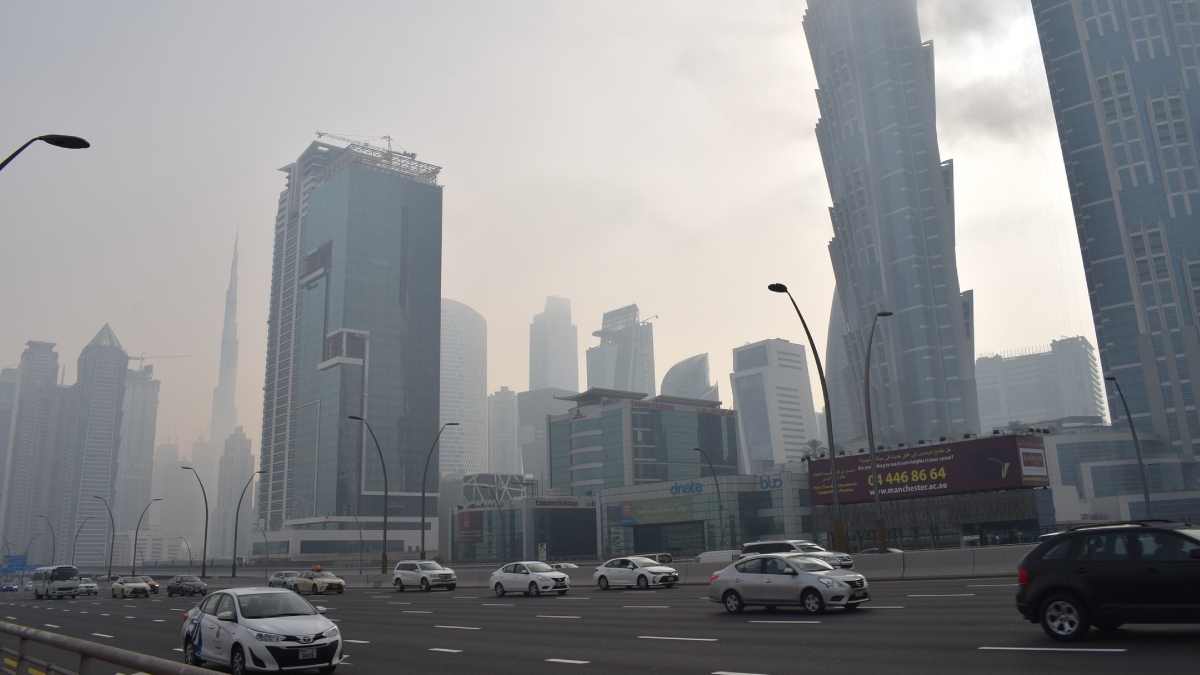Residents in the UAE should keep their warm clothes handy as temperatures are expected to fall by up to 5°C in the next couple of days, following a spate of heavy showers in Dubai and Sharjah on Sunday morning. This sudden change in weather is attributed to a low-pressure system originating from the East, responsible for the rainfall and overcast skies.
Dr Ahmed Habib of the National Centre of Meteorology (NCM) elaborated in a Khaleej Times report on the weather shift, highlighting that areas including Jumeirah and Expo City in Dubai witnessed significant rainfall. “With the influence of the northwesterly wind from the North starting today, temperatures will drop by up to 5°C, particularly in the Western part of the country. Coastal areas will see temperatures ranging from 24-26°C, while internal areas will have a maximum of 25 -28°C, a notable decrease from the 32°C and 31°C recorded on Saturday and Friday,” Dr Habib stated.
The low-pressure system at the surface level, coming from the East, has been the primary factor for the recent downpour. “Convective clouds formed along the East coast in Fujairah led to Saturday’s rainfall. This system, now extending in the upper atmosphere from the West, has brought convective clouds over the Arabian Gulf, progressing towards the coast from Dubai to Ras Al Khaimah and resulting in varied rainfall in specific regions,” explained Dr Habib.
Despite the recent rainfall, the UAE is experiencing a drier winter compared to previous years. Dr Habib noted that while this pattern of low rainfall is not the norm, it’s not unprecedented, with similar dry winters occurring around two to three years ago, particularly in 2001. He remarked, “This January has been particularly dry due to the absence of a pressure system or northwesterly winds conducive to rainfall.”
In addition to the cooler temperatures, the weather is expected to be fair to partly cloudy, with humidity over some coastal and internal areas. The country will also experience light to moderate northwesterly winds, and sea conditions in the Arabian Gulf and Oman Sea are predicted to be rough to moderate.






